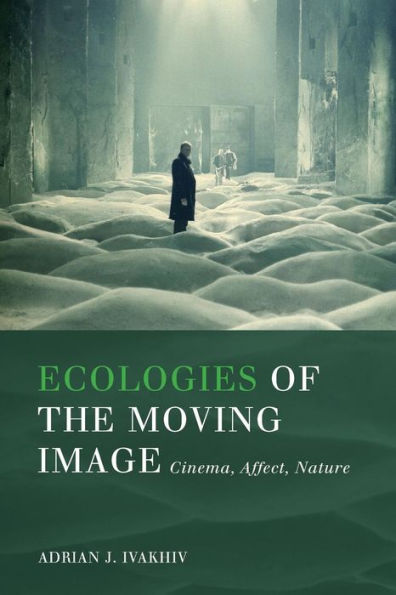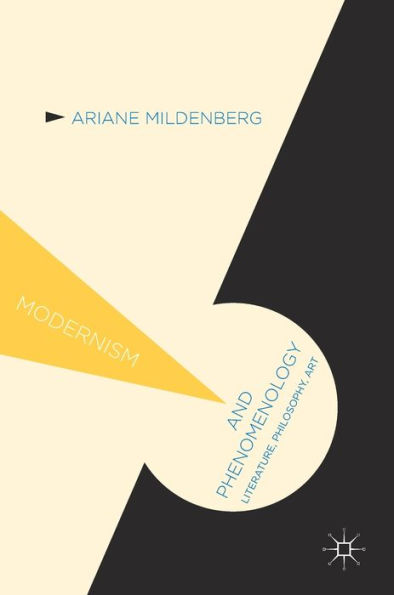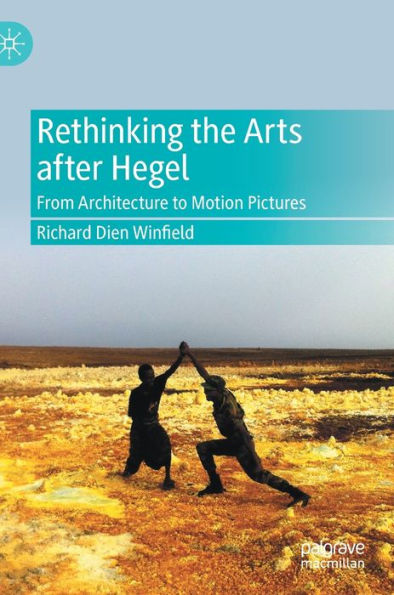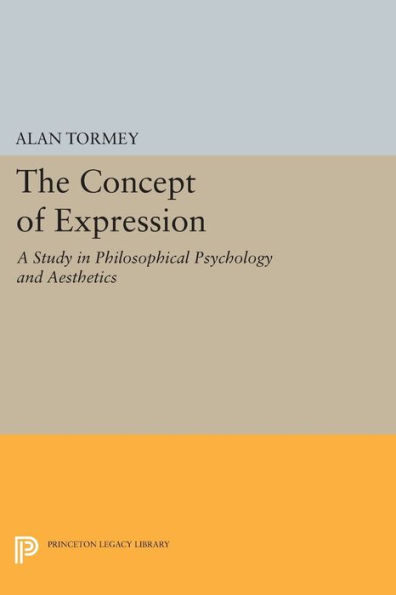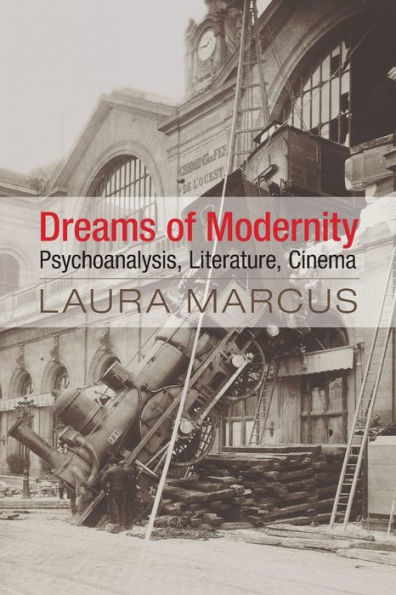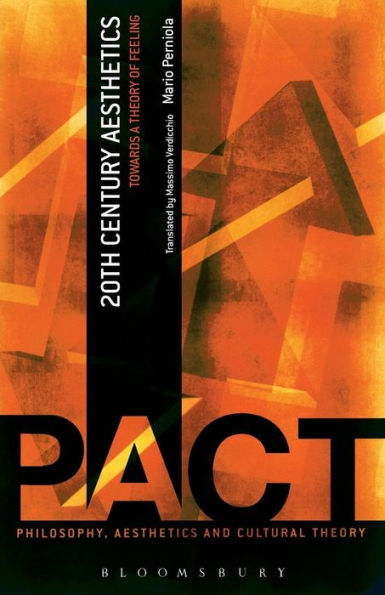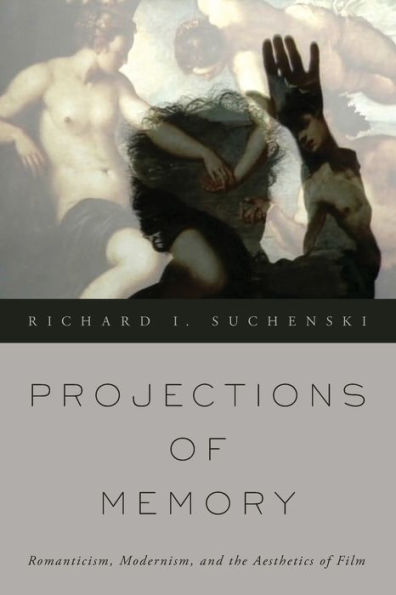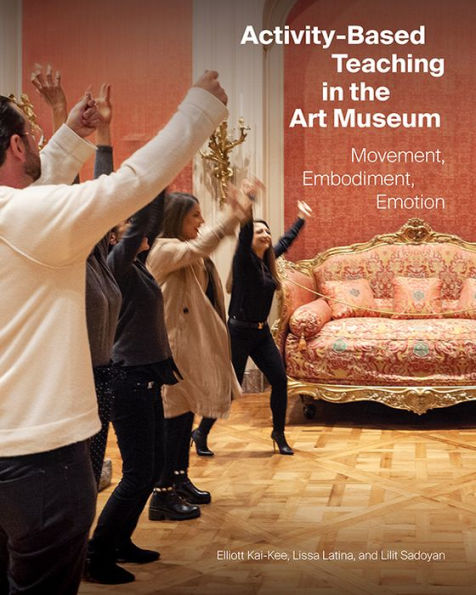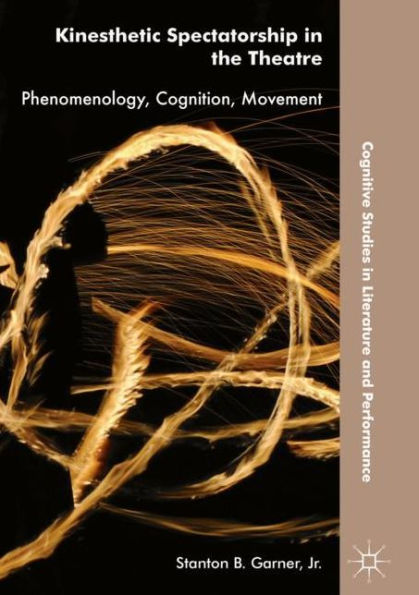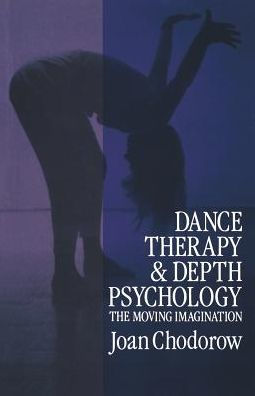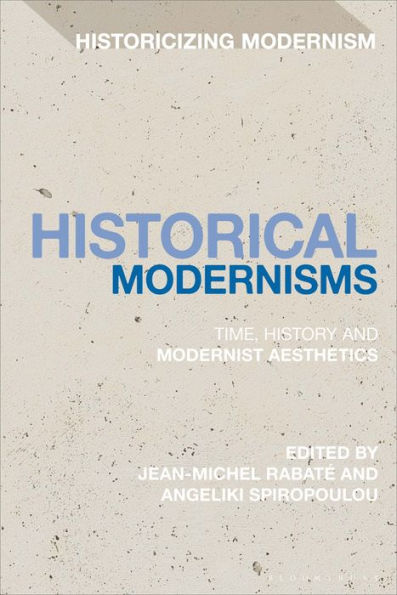Home
Psychomotor Aesthetics: Movement and Affect Modern Literature Film


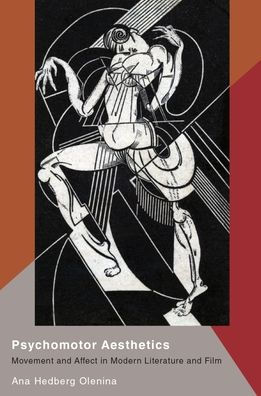
Psychomotor Aesthetics: Movement and Affect Modern Literature Film
Current price: $44.99
Loading Inventory...
Size: Paperback
In the late 19th century, modern psychology emerged as a discipline, shaking off metaphysical notions of the soul in favor of a more scientific, neurophysiological concept of the mind. Laboratories began to introduce instruments and procedures which examined bodily markers of psychological experiences, like muscle contractions and changes in vital signs. Along with these changes in the scientific realm came a newfound interest in physiological psychology within the arts - particularly with the new perception of artwork as stimuli, able to induce specific affective experiences.
In
, author Ana Hedberg Olenina explores the effects of physiological psychology on art at the turn of the 20th century. The book explores its influence on not only art scholars and theorists, wishing to understand the relationship between artistic experience and the internal processes of the mind, but also cultural producers more widely. Actors incorporated psychology into their film acting techniques, the Russian and American film industries started to evaluate audience members' physical reactions, and literary scholars began investigations into poets' and performers' articulation. Yet also looming over this newly emergent field were commercial advertisers and politicians, eager to use psychology to further their own mass appeal and assert control over audiences. Drawing from archival documents and a variety of cross-disciplinary sources,
calls attention to the cultural resonance of theories behind emotional and cognitive experience -
theories with implications for today's neuroaesthetics and neuromarketing.
